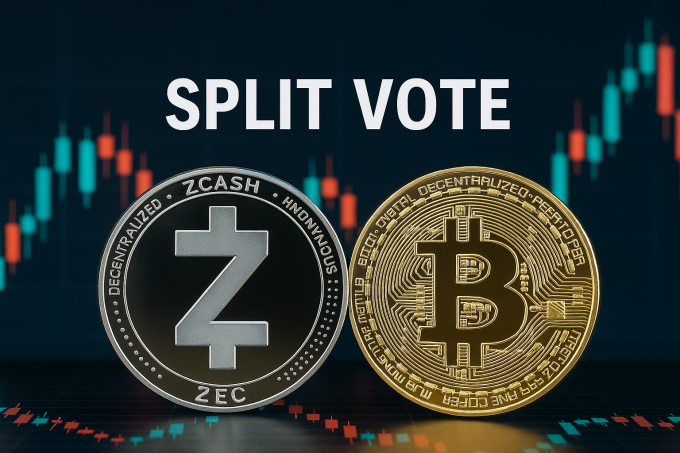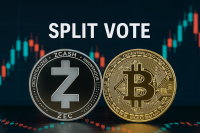Crypto analytics firm Santiment is sounding alarm bells again: when broad consensus emerges that the market has finally bottomed, it may be a red flag, not a reassurance. The warning comes amid recent optimism after Bitcoin briefly dipped below $95,000, sparking a wave of bottom-calling on social media.
In a broader context of persistent macro volatility and heavy regulatory scrutiny, Santiment’s cautionary note underscores the risks of interpreting social sentiment too literally — especially when market participants are desperate for signs of stability.
Market Reaction: Signals and Sentiment Divergence
Santiment’s recent report highlights a “widespread consensus” forming around a perceived bottom after Bitcoin’s drop to sub‑$95,000 levels. This collective bottom-calling, according to the firm, often precedes further downside rather than confirming a floor. Historical tendencies suggest that true market lows more frequently coincide with pessimism or neglect, not broad agreement.
Simultaneously, social media activity is reflecting a notable shift: Santiment reports that the ratio of positive-to-negative Bitcoin comments has dropped to its lowest point in over a month, even as more voices insist the worst is over. Meanwhile, Bitcoin’s social dominance — the share of conversation it commands — has surged above 40%, indicating that the cryptocurrency is center stage in a “very fearful” discourse.
Contrarian Risk: Regulatory and Technical Implications
From a technical and regulatory standpoint, this consensus-driven bottom call could be precarious. Santiment warns that such optimism tends to emerge when spot Bitcoin ETFs are seeing net outflows, a pattern they argue has historically aligned with local market bottoms. Indeed, recent data points to $1.17 billion in outflows over three days, suggesting retail panic even as others declare a bottom.
This divergence may reflect deeper structural tensions: regulated channels (like ETFs) are seeing capital pull back, while retail sentiment grows more hopeful. The result may be a fragile base — one that lacks the conviction of foundational accumulation.
Investor Sentiment: The Psychology of Bottom Calls
Santiment’s warning taps into a psychological dynamic well-known to professional traders: crowds get bullish too soon. When everyone agrees the floor is in, it’s often because many are already prepared to re-enter, reducing the chance that selling pressure has truly exhausted.
Moreover, elevated “buy the dip” chatter — a classic retail mantra — can actually be a contrarian signal, according to Santiment. In past cycles, surges in such mentions have sometimes preceded renewed weakness, not reversals. The social-media consensus around bottoming may therefore reflect eagerness more than conviction.
Looking Ahead: Risks, Opportunity, and Key Metrics to Monitor
Going forward, crypto investors should tread carefully. The very fact that “everyone” seems to believe a bottom is in could mean there’s more downside ahead if Santiment’s historical patterns repeat. Key metrics to watch: social sentiment trends, ETF inflows and outflows, on-chain liquidity, and whether the negative-to-positive comment ratio begins to rebalance.
If the crowd becomes complacent, there may still be room for another leg down. Conversely, a reaccelerated decline might reset sentiment dynamics in a way that could allow for more durable accumulation — but not without risk.












Leave a comment